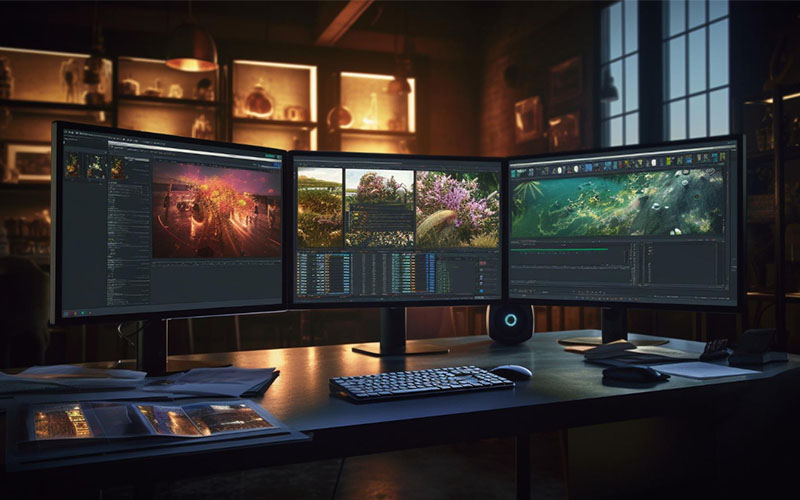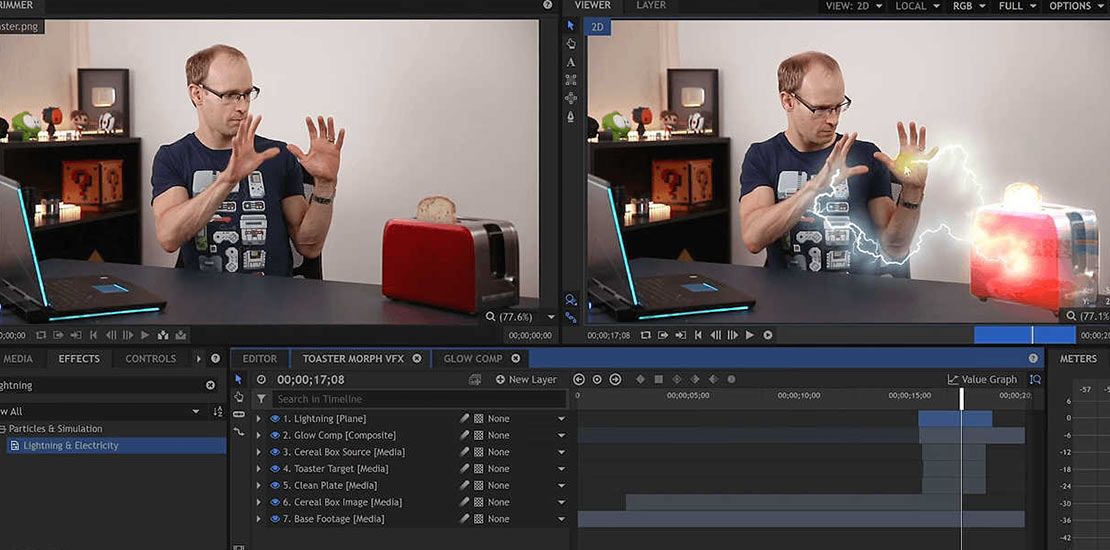Table of Contents
# What Kind of Hardware and Software Resources Are Provided to Students During the Course?
# What Kind of Feedback and Evaluation Process Is Employed in VFX Courses to Track Student Progress?
# Conclusion
Many students are eager to enroll in VFX courses in order to begin their path into this exciting business as the world of visual effects (VFX) continues to captivate creative minds. The resources these courses offer to students are an important component.
These tools, which range from powerful hardware to industry-recognized software, are crucial in forming the abilities of aspiring VFX specialists. A solid basis for a prosperous career is also laid by these courses’ use of feedback and evaluation techniques, which guarantee that students achieve significant progress.
In this blog, we explore the hardware and software resources available to students during VFX courses, as well as the evaluation process that tracks their growth and development.
What Kind of Hardware and Software Resources Are Provided to Students During the Course?
Students’ access to hardware and software resources during a VFX professional course may differ according to the institution, the course level (diploma, degree, etc.), and the state of technology at the moment. However, the following gives pupils a rough indication of what to anticipate:
Hardware Resources:
- High-Performance Workstations: These are robust workstations with the processing speed and graphics capabilities required to perform demanding VFX software and rendering operations.
- Graphics tablets: Excellent for performing artistic chores like digital painting and sculpting.
- Access to Render Farms: Render farms are computer clusters used to distribute rendering work and expedite the output process. Some educational institutions may provide access to these facilities.
- VR/AR Equipment: Students may have access to VR headgear, AR gadgets, and other similar technology for classes that address virtual and augmented reality.
Software Resources:
- Industry-Standard VFX Software: This category contains applications from Autodesk Maya, Adobe After Effects, Nuke, Houdini, ZBrush, Substance Painter, and other manufacturers.
- Compositing Tools: Software like Adobe Premiere Pro, Blackmagic Fusion, or Foundry Nuke for merging visual elements.
- 3D Modeling and Animation Software: Autodesk Maya, Blender, or similar tools for creating and animating 3D objects and characters.
- Digital Painting Tools: Software like Adobe Photoshop for concept art and matte painting.
- Special Effects Software: Tools for creating specific effects, like fluid simulations (e.g., RealFlow) or dynamic simulations (e.g., FumeFX).
It’s crucial to inquire about the precise hardware and software resources offered by the VFX school you’re considering. Keep in mind that the VFX sector is also technologically driven and always changing, so having access to the most recent software and hardware can be a huge benefit in keeping up with market trends.
What Kind of Feedback and Evaluation Process Is Employed in VFX Courses to Track Student Progress?
Feedback and evaluation procedures are frequently used in professional VFX courses to monitor student progress and make sure their learning objectives are satisfied. These procedures are essential for determining the course’s efficacy and offering insightful recommendations for improvement.

Course evaluations, which ask students for their opinions on the effectiveness of the course’s content, materials, assignments, and overall learning experience, are a typical technique for gathering feedback from students. Students have the chance to voice their opinions and offer suggestions for improvement during these evaluations, which can be carried out through surveys or online platforms.
Formative evaluations may be used in VFX courses at various points to monitor student progress. This comprises tasks, projects, tests, and hands-on activities that let students show off their knowledge of and proficiency in VFX. This continuing evaluation assists teachers in identifying areas where pupils might need more assistance or direction.
If you’re looking for such an institute which can provide you with the right guidance regarding VFX courses after 12th then choose George Animatrix. They will provide personalized guidance regarding it.
Conclusion
Choosing the best VFX programme is an important first step towards a rewarding career in the visual effects industry. Students may make sure they have the resources needed to improve their abilities and keep up to date on industry trends by studying the hardware and software resources supplied by an institution. The process of giving pupils feedback and evaluating their performance, which helps them realise their full potential, is equally important. Aspiring VFX professionals should look for programmes that provide a strong combination of materials and efficient evaluation techniques. Programmes like George Animatrix, which are renowned for their individualised guidance, can be helpful allies on this fascinating path.



